
The electrical system is the “Lifeblood” of every project — from industrial plants and commercial buildings to residential areas. Analyzing the electrical system is a critical step in ensuring safe, efficient, and stable operation. It not only helps detect potential risks early, but also serves as the key to optimizing performance and reducing costs.
When Should You Analyze Your Electrical System?
New designs or system upgrades – to ensure the electrical setup is safe, suitable, and optimally designed.
Load expansion or reconnection changes – to avoid system overloads or transient instability
Troubleshooting faults, instability, or overloads – to identify root causes and implement effective solutions.
Safety inspections or compliance assessments – to detect and evaluate hazards while ensuring adherence to international technical standards.
Performance optimization and energy savings – to uncover electrical losses, streamline operations, balance loads, and implement energy-saving strategies.


Why Choose PSTS Services?
At PSTS, we specialize in Power System Study & Analysis Services, providing detailed load flow studies, short circuit analysis, and protection coordination. Our expert team works with clients in Utilities, Industries, buildings and OEMs, helping them optimize and protect their electrical infrastructure for maximum reliability, efficiency, and safety.
We blend years of engineering expertise with the latest power system analysis software to offer customized solutions for every project, ensuring that your power systems perform at their best, no matter the challenge. Power System Study isn’t just a technical requirement — it’s the key to enhancing the efficiency, reliability, and safety of modern power systems. It plays a vital role in the digital transformation of the energy sector and the development of smart grids.
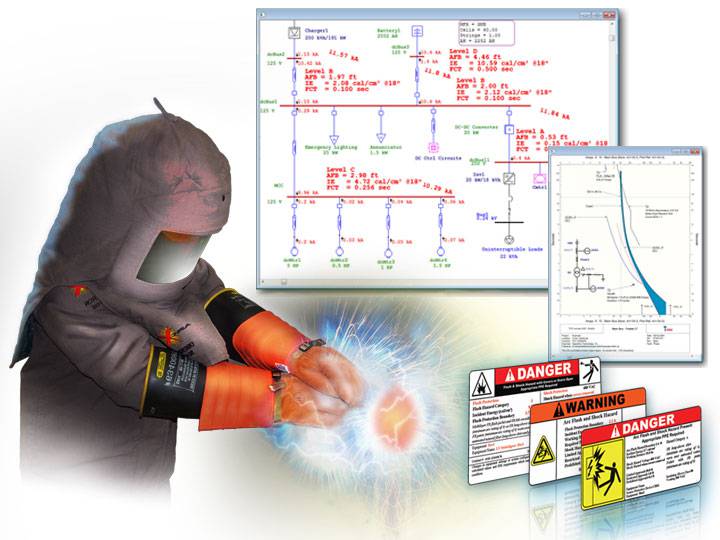
What Do Power System Study Consultants Do?
Power System Study consultants assess the entire lifecycle of your power infrastructure, from initial design to long-term maintenance. Our consultants use advanced modeling tools and simulations to help you meet operational goals while ensuring compliance with safety standards and industry regulations.
What do we provide?
PSTS’s electrical system consulting experts will assess the entire lifecycle of your electrical infrastructure, from the initial design to long-term operation and maintenance. Our experts use advanced modeling and simulation tools to help you achieve operational goals while ensuring compliance with technical standards and safety regulations.


Load Flow Study
- Power Flow for various scenario.
- Voltage Drop calculation.
- Equiment evaluation.
- Improve power supply stability
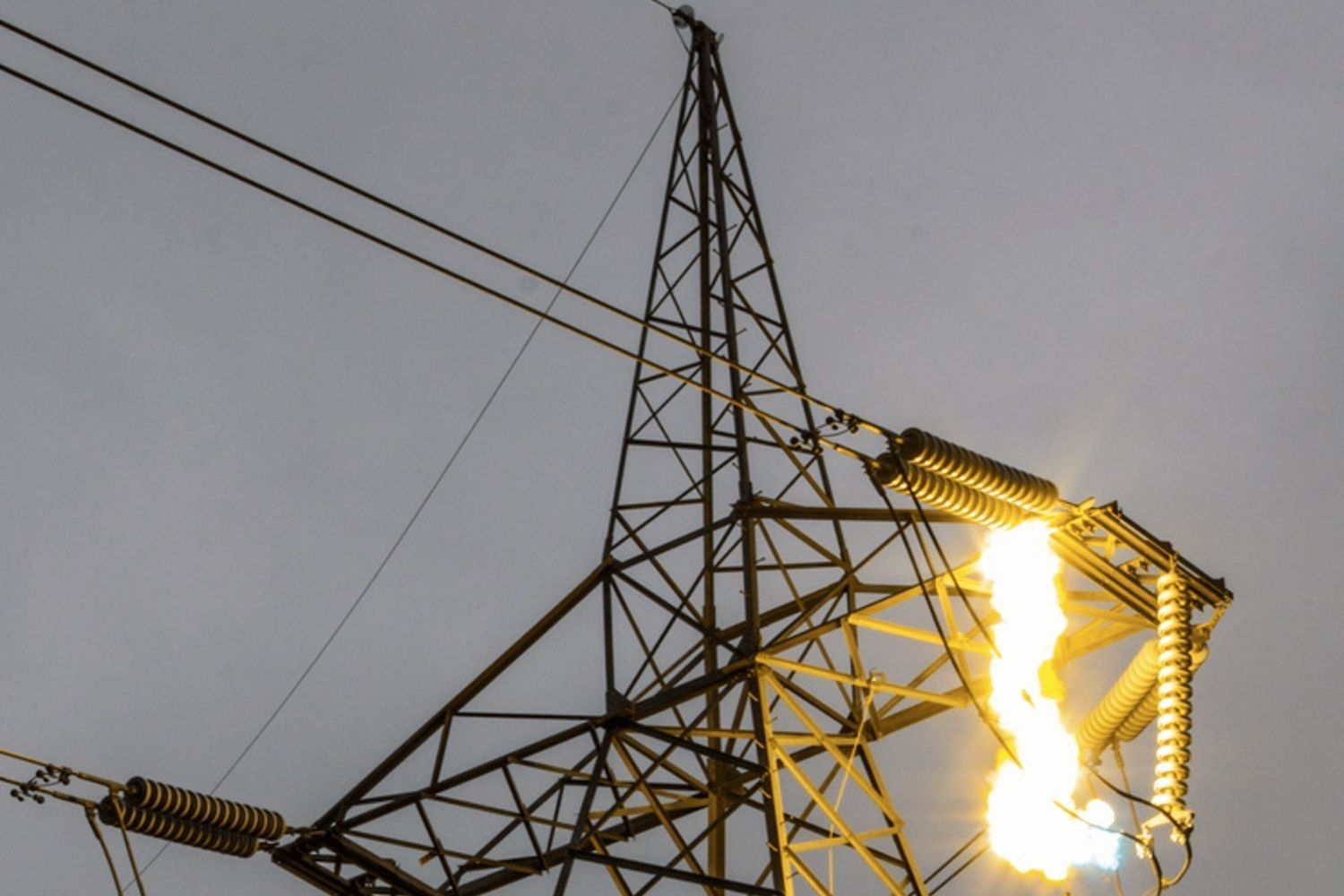
Short Circuit Study
- LL-LG-LLG Short Circuit calculate.
- Device Check Duty.
- Simulate protective device responses to fault currents & configuration changes
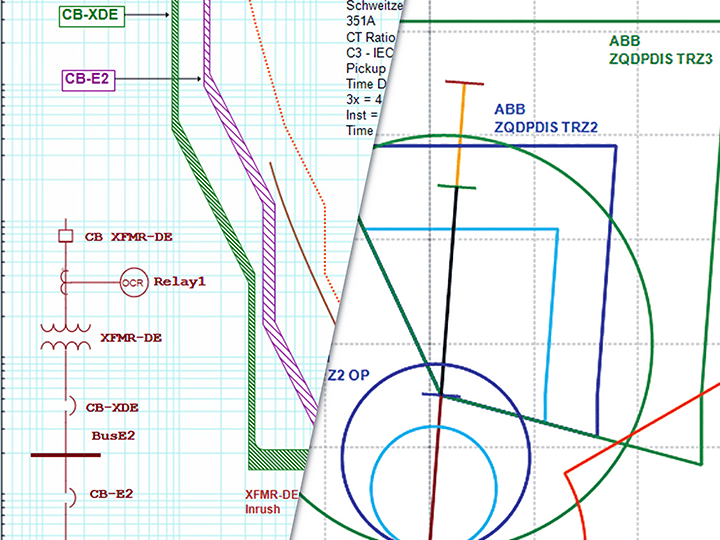
Protection and Relay Coordination
- Identify false Tripping & Miss Coordinations.
- Ensure devices operate in the correct sequence to minimize unnecessary outages.
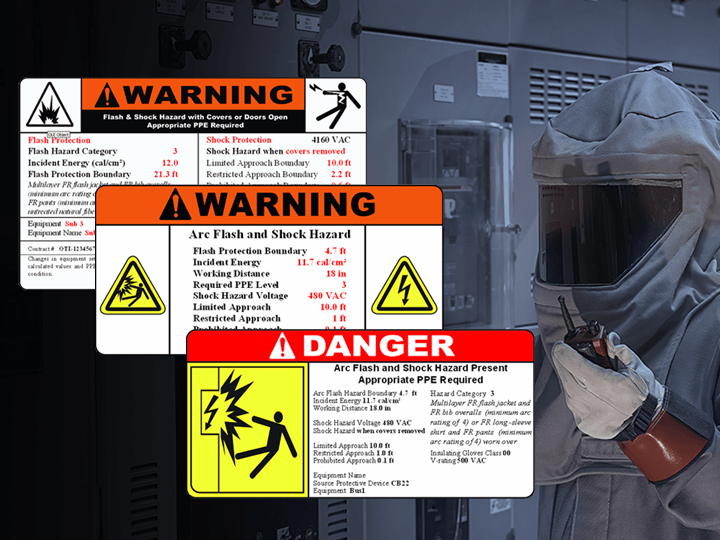
Arc Flash Assessment
- Complience with OSHA, NFPA, IEEE.
- Calculate AF Incident Energy and PPE Requirement.
- Arc Flash Mitigation and Equiment Labeling.
Additional Power System Study Services
In addition to load flow, short circuit, and protection coordination studies, PSTS offers a wide range of additional power system analysis services, including:
Harmonic Analysis: Our team assesses the impact of harmonics on your system to improve power quality and reduce interference.
Motor Starting Analysis: We evaluate motor starting conditions to ensure that your system can handle high inrush currents safely.
Power Quality Analysis: We assess factors like voltage sags, swells, and frequency variations that affect system performance.
Cable Ampacity Analysis: we determines the maximum current a cable can safely carry, considering factors like temperature, installation, and surrounding environment.

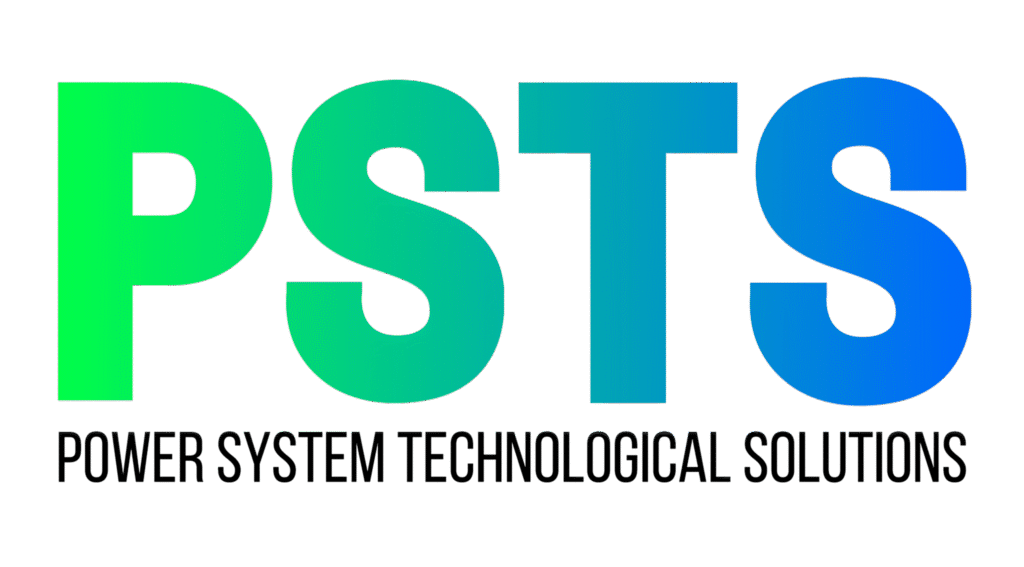

 Tiếng Việt
Tiếng Việt


